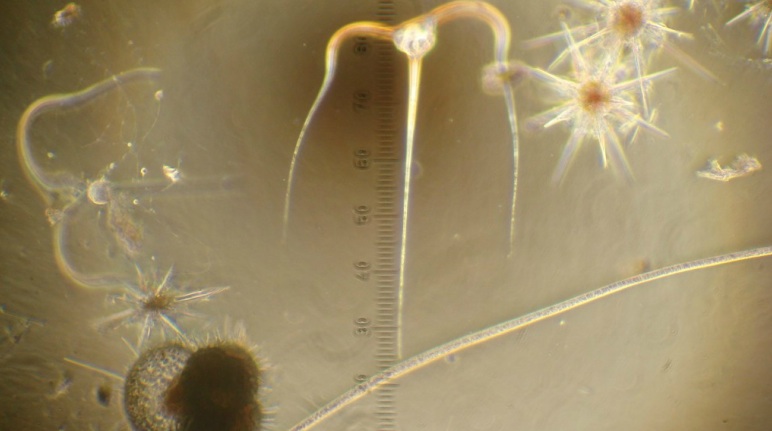NASA’s quest for signs of life on Mars got a huge boost in August when Curiosity landed on the Red Planet.
Contributing to the Mars Mission


NASA’s quest for signs of life on Mars got a huge boost in August when Curiosity landed on the Red Planet.

Angelicque White’s science is strictly down to Earth. The assistant professor in the College of Earth, Ocean, and Atmospheric Sciences aims to reveal how plankton consume and release nutrients such as nitrogen and phosphorus and how, in turn, these abundant organisms respond to variations in temperature and water chemistry.

“So much of this world can be described by these same simple patterns, so that when I create, I feel as if I am a part of evolution.”

“The finished work symbolizes the science involved in the collection of samples for understanding life in our great oceans, as well as the art in the beauty of the microorganisms which are being studied.”

The imagery of life beneath the microscope lends itself so beautifully to mosaic form. Optical filters are remnants from the oceanographic industry and generated the color palette for this piece (Emiliana Coccolithophore). Aqua blues and greens feel right for such studies from the sea.

“I was originally attracted to the lacy quality of sections of Angelicque White’s photograph. However, as I began to work with it, a floral image began to appear. Although I have no idea whether the plankton should be considered flora or fauna, I decided to follow that theme. The result is Parum Aqua Flora.”